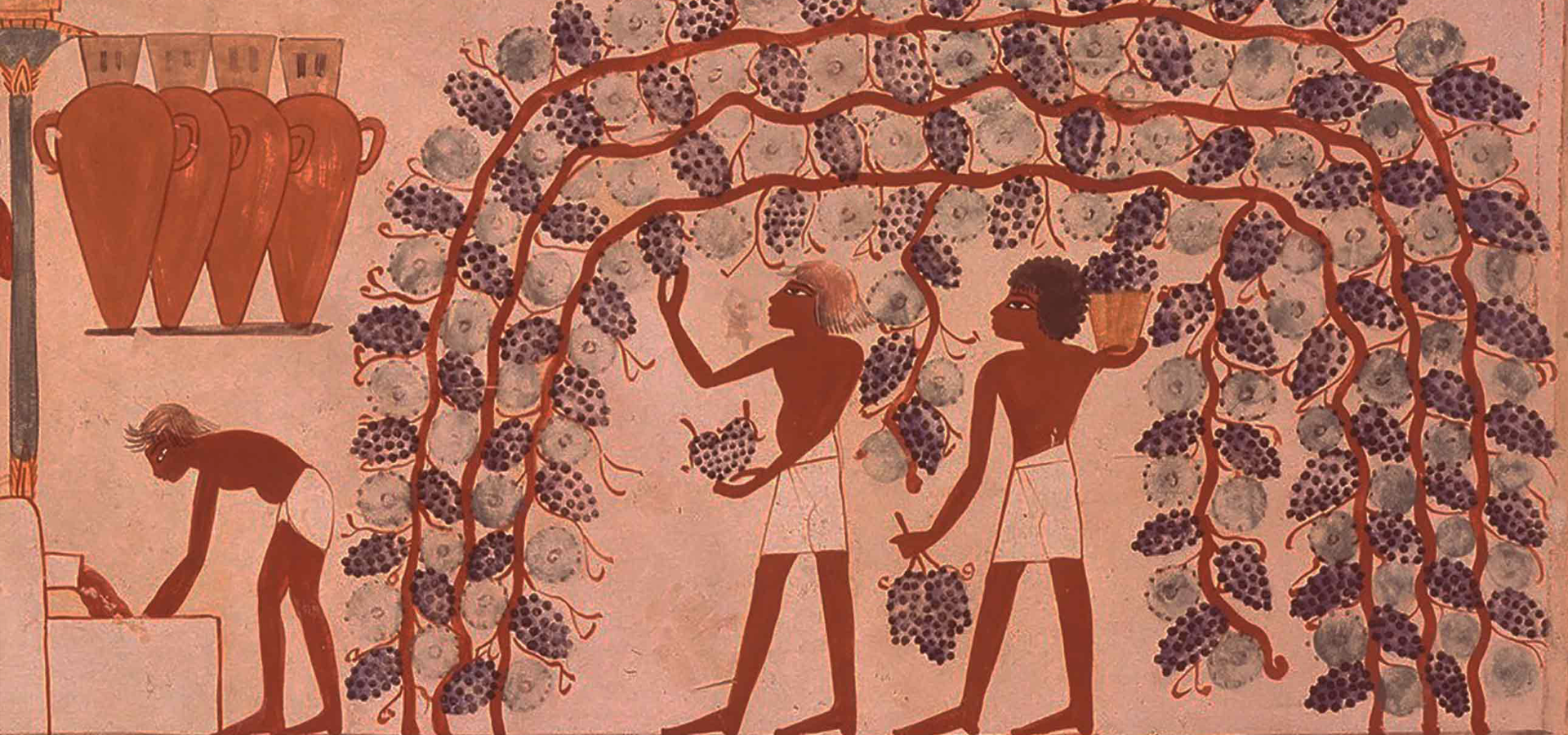Lorem ipsum dolor sit amet, consectetur adipiscing elit. Morbi eu nulla vehicula, sagittis tortor id, fermentum nunc. Donec gravida mi a condimentum rutrum. Praesent aliquet pellentesque nisi.


With a winemaking history that predates the Hittites, Turkey has one of the oldest winemaking traditions in the world. A tradition that has continued largely uninterrupted since around 1600 BC. However, while the history of winemaking in Anatolia is long indeed; it is in the last few decades that Turkey has come into its own as a quality wine producer. Modern producers are exploring the varied terroirs the country has to offer, are blending traditional and modern winemaking techniques, and shifting more and more to organic viticulture. In addition, with the rediscovery of many native grape varieties, Turkey is home to wines that can only be found here.
Laws in place to safeguard viticulture practices. The Hittite word for wine ‘wiyana’ went on to influence many languages.

The Hittites, Assyrians, Thracians, Lydians, Greeks, and Romans all continued viticulture in Turkey.Main areas for grape growing included (what is now): Urla, Denizli, Cappadocia, Bodrum, Bozcaada, Çanakkale, and Thrace.
As converts to Islam, they ban alcohol consumption. The non-Muslim community was allowed to produce, trade, and consume alcohol entirely for economic purposes.

In the early 19th century, the Ottoman Empire became the largest exporter of wine in the world-sending 340 million liters which is 6x the total wine production in 2016.
The forced population migration rids Turkey of the majority of its wine makers. Also, Doluca and Kavaklidere were the first commercial, Turkish wineries to establish themselves.

Atatürk established the Atatürk Orman Çiftliği Factory to reinvigorate wine production.
A few small producers including Umurbey and Gülor began to challenge factory winemakers and push for quality.

In the early 2000s government grants helped fund many new wineries across Turkey.
It’s an exciting time in the Turkish wine world. There are no limits to what winemakers here can achieve. From traditional method sparkling wine to raw wine aged in amphora; sophisticated natural wine to skin contact white wine; and traditional Assyrian wine to botrytis dessert wine; Turkey has it all. Combine Turkish vineyards with the seemingly endless number of cultural and historical sites that dot the country from one end to the other and you get a country rife for exploration of all sort. Taste and discover your wine adventure in Turkey!
Turkey covers the 5th largest vineyard area in the world with 448,000 hectares under vine.
Turkey ranks 6th in grape production with 4.2 million tons. Only 3% is used for wine and raki production.
Within 164 registered wine producers, there are only about 95-100 recognizable names on the market.
Turkey is home to over 1200 native grape varieties-however, only about 35 are currently used in wine production.